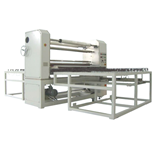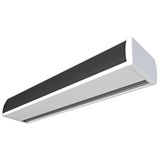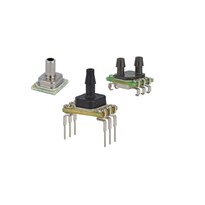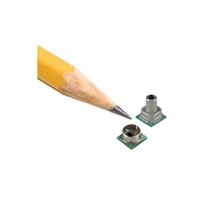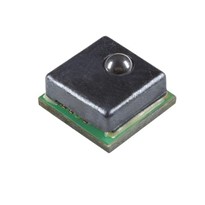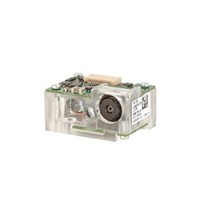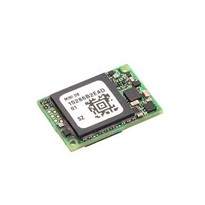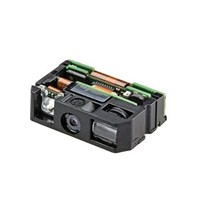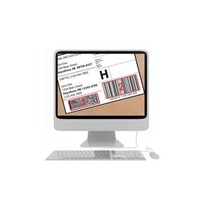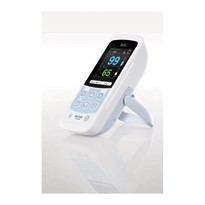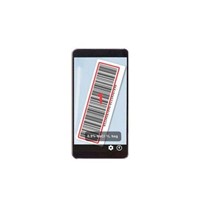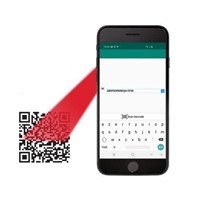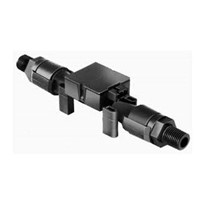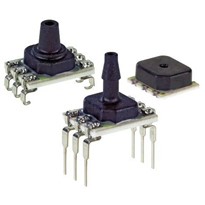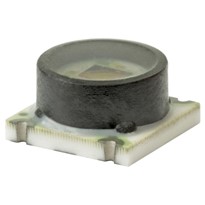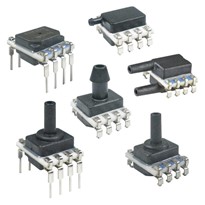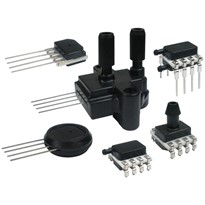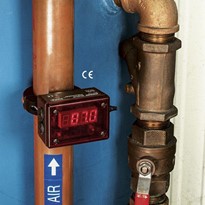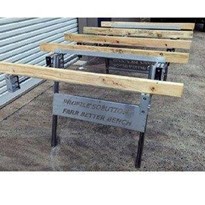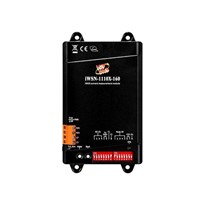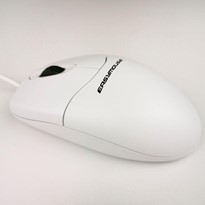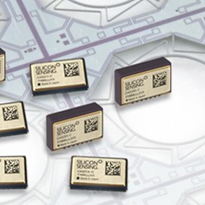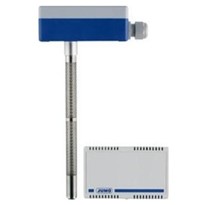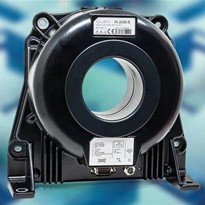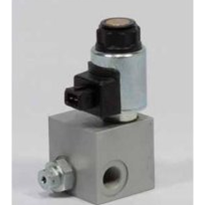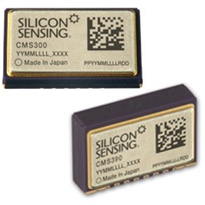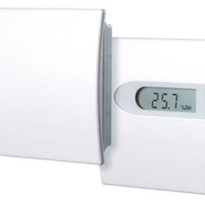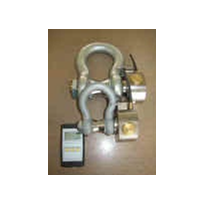Medical sensors play a critical role in the safe operation of many medical devices across a wide range of applications. Sensors are used in medical devices within intensive care units, hospital wards, GP offices, lab equipment, dental practices, and in-home care products. They are also used in medical devices used to assist with the diagnosis, prevention, monitoring, and treatment of a disease or injury. In addition, medical devices used for cleaning, calibration of equipment, and examination of specimens can also incorporate the sensors.
- How medical sensors are advancing the healthcare industry
- What are the benefits of home health monitoring?
- Types of medical sensors
- Applications of sensors in medical devices
- Medical Sensors Requirements
From sensors used in ventilators providing life-saving treatment in the battle against COVID-19, to sensors used in hospital beds that stimulate blood flow to improve patient recovery times and save health organizations money. It’s clear why advancements in sensor technology, such as smaller size with increased accuracy and reliability are leading to the development of the next generation of medical devices that provide faster diagnosis, better treatments, and improved patient care in the hospital or at home.
How medical sensors are advancing the healthcare industry
As people live longer and expect a good quality of life, patient treatments will increasingly be delivered at home. Healthcare devices will get smaller, smarter, easier to use, and will be produced with reduced costs. As patient care is moving beyond the hospital and into the home, this change is becoming a powerful driver behind innovations in smart connected medical devices.
These smart connected devices will contain a multitude of different sensors that will be used to gather valuable data. This data will be collated and analyzed to diagnose illnesses and provide treatment more quickly. These smart devices will utilize the latest sensor technology providing improved accuracy, repeatability, lower power consumptions, and digital output. These sensors will simplify new designs, reduce development costs and time to market and enable the creation of smaller more affordable medical devices.
What are the benefits of home health monitoring?
The sensors embedded in-home patient monitors have to be accurate, reliable, easy to integrate, and easy to read. The measurements they provide can lead to improved diagnosis and treatment for patients and can support remote monitoring of chronic diseases.
Overall, the use of health monitoring systems contributes to better long-term disease management and improves patient safety and drug management. Another benefit of using patient monitors is that it decreases care costs while improving patient care outcomes.
Home health monitoring systems will monitor and display the patient’s vital signs, including ECG, SpO2 (peripheral oxygen saturation), blood pressure, respiration, temperature, and others.
Types of medical sensors
Honeywell Advanced Sensing Technologies has an extensive portfolio of sensors. The primary sensors used within medical devices are pressure, force, airflow, oxygen, pulse oximetry, temperature, and barcode sensing. The above sensors play a critical role in the operation of the equipment. For example, an oxygen concentrator is used to provide air with increased oxygen (>90%) for a patient with respiratory illness, as lungs are not able to absorb oxygen properly. An oxygen sensor will be used within an oxygen concentrator to monitor the oxygen concentration level in the air provided to the patient and a pressure or airflow sensor will be used to control the airflow. An oxygen concentrator will also contain magnetic sensors, but these will be used to improve pump efficiency or detect if a door/panel is open or ajar.
In addition, Honeywell’s barcode scan engines and barcode decoding software offer reliable scanning and decoding technology for medical applications which can include patient monitoring and pharmacy automated medication dispensing cabinets.
Applications of sensors in medical devices
Sensors embedded in medical devices are used to improve patient care, comfort, enhance healthcare professionals’ performance and reduce healthcare costs.
Below are some medical applications of Honeywell’s sensing technology:
1. Anesthesia Delivery Machines
Patient benefits: Anesthesia machines are used during medical operations, to put the patient in an induced sleep and provide pain relief. The machine provides supported breathing and monitors the vital signs of the patient, measuring blood pressure, heart rate, and others. Also, the patient receives a reliable and constant supply of gases and vapor.
Sensors:
Airflow – measures the air, oxygen, and nitrous oxide flow to ensure airflow is delivered as set by the doctor.
Pressure – monitors patient breathing, detects when the patient inhales and exhales, allowing air/oxygen to be delivered more efficiently and effectively.
Oxygen – measures and controls the oxygen concentration level of the air mixture delivered to the patient.
Temperature – monitors and controls the temperature of the air delivered to the patient.
Humidity – monitors and controls the moisture content of the air delivered to the patient.
Magnetic – improves motor efficiency, reducing power consumption, noise and vibration.
2. Ventilators
Patient benefits: Ventilators help patients who are breathing insufficiently or are physically unable to breathe, during an operation or within an intensive care or high dependency unit. Ventilators are also used during treatment for serious lung diseases or infections which affect normal breathing.
Sensors:
Airflow – measures air and oxygen flow so the correct amount is delivered to the patient.
Oxygen – measures and controls the oxygen concentration level of the air mixture delivered to the patient.
Pressure – monitors patient breathing, detects when the patient inhales and exhales, allowing air/oxygen to be delivered more efficiently and effectively.
Temperature – monitors and controls the temperature of the air delivered to the patient.
Humidity – monitors and controls the moisture content of the air delivered to the patient.
Magnetic – improves motor efficiency, reducing power consumption, noise and vibration.
3. Oxygen Concentrator
Patient benefits: Oxygen concentrators are used to help patients with respiratory illnesses or lung disease. Patients who have difficulties in absorbing oxygen into the bloodstream benefit from the oxygen concentrator’s enhanced response time, minimized oxygen waste, and improved portability.
Sensors:
Airflow - measures air and oxygen flow so the correct amount is delivered to the patient.
Oxygen – measures and controls the oxygen concentration level of the air mixture delivered to the patient.
Pressure – monitors patient breathing, detects when the patient inhales and exhales, allowing air/oxygen to be delivered more efficiently and effectively.
Temperature – monitors and controls the temperature of the air delivered to the patient.
Humidity – monitors and controls the moisture content of the air delivered to the patient.
Magnetic – improves motor efficiency, reducing power consumption, noise and vibration.
4. Dialysis Machine
Patient benefits: Hemodialysis machine treatments replace some kidney functions by removing waste and fluid from the bloodstream via diffusion and osmosis of solutes and fluid across a semipermeable dialysis membrane.
Sensors:
Pressure – monitors blood flow to and from the patient and controls the flow dialysate to ensure blood is cleaned thoroughly and efficiently. If blood pressure is not controlled, the patient could become critically ill
Force/Magnet – detects the presence/absence of a fresh dialysate cartridge before the machine can be used.
Thermistor – provides temperature measurement for enhanced control across the dialysis membrane.
Barcode – ensures the right treatment is administered to the right patient
5. Infusion Pumps
Patient benefits: Infusion pumps are used to deliver fluids, medicines, or nutrients to patients. Fluids and medicines are delivered intravenously directly into the bloodstream and nutrients are delivered directly into the stomach. Infusion pumps are commonly used in hospitals, but smaller portable infusion pumps are now being used to treat patients at home.
Sensors:
Force – monitors the delivery of fluids, detects blockages, and determines when the bag containing fluids needs to be changed.
Magnet – ensures correct placement of tube carrying fluids and controls pump speed.
Switches – door control and operator on/off controls
Barcode – ensures the right treatment is administered to the right patient by reading the barcodes on the IV bag and the patient's wrist band.
6. Hospital Hardware
Patient benefits: Patients who receive efficient treatment and have a comfortable experience in the hospital can have a better chance of recovery and the time they spend in the hospital is reduced. As an example, smart hospital beds contain various sensors that can detect and correct or adjust the position, to improve patients’ comfort. Sensors control the position and elevation of the bed and regulate the pressure within different zones of the mattress to stimulate blood flow and improve patient recovery times.
Sensors:
Humidity – maintains temperature and humidity levels in incubators and microenvironments
Magnetic – enables locking/unlocking of medication dispensing cabinets
Magnetic/basic switches – enables precise position control within hospital beds
Position sensors – monitors backrest elevation within hospital beds
Pressure – improves patient comfort and stimulates blood flow to improve patient recovery times
Pressure – accurately measures blood pressure
Thermistor – monitors the incubator system’s temperature
Thermostat – controls or limits temperature
Barcode – enables patient tracking via a mobile device or scans labels for patient confirmation and clinician information.
Medical Sensors Requirements
Our sensors are endorsed by medical OEMs and have been used for many years within a wide range of medical devices. They are used for the following reasons:
- Accuracy: Medical devices used to provide critical care require the highest levels of accuracy.
- Stability: Medical devices used within hospitals can be sold with a 5 or 10-year warranty, therefore it's vitally important that the sensor does not drift out of spec, or the medical OEM will incur increased warranty and service costs.
- Configurability: Selecting the best sensor for the application, that improves performance and simplifies the design
- Long-term supply: Medical certification is expensive, therefore when designing a new medical device that will be on the market for 10+ years it’s vitally important to select a sensor that will not get phased out in 5 years or a manufacturer that may cease business.
- Support: When designing a new medical device, it’s also important to select a sensor manufacturer that can provide engineering support, this may involve the creation of a customer sensor part number for a specific application.
Learn more about how Honeywell Advanced Sensing Technologies applies decades of sensing technology expertise to design high-performance sensors, scan engines, and switches for the medical industry.


-720x400.jpg)
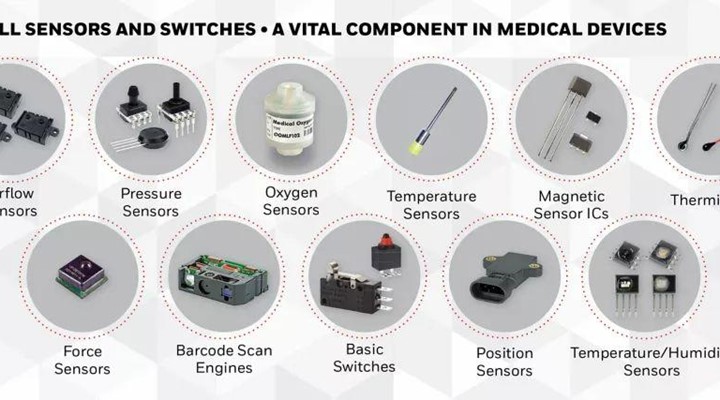
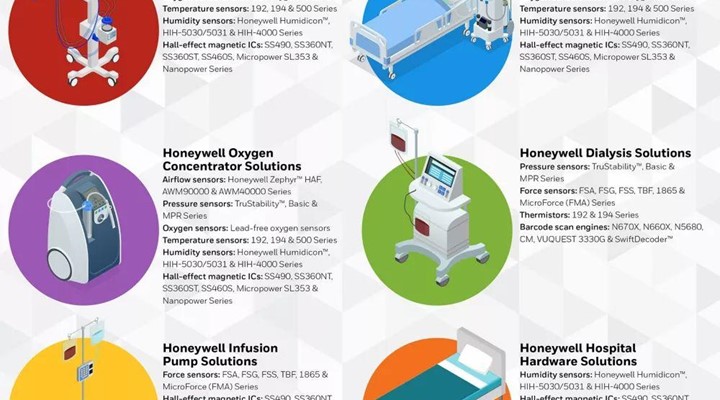







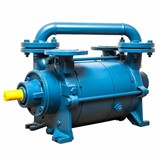

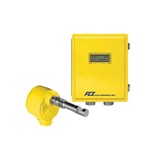
-160x160-state_article-rel-cat.png)
